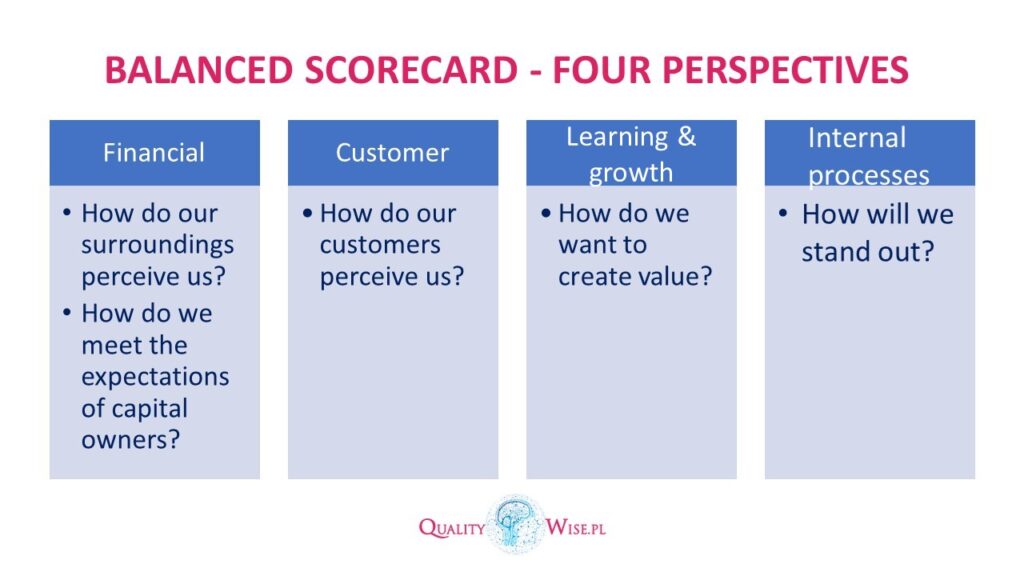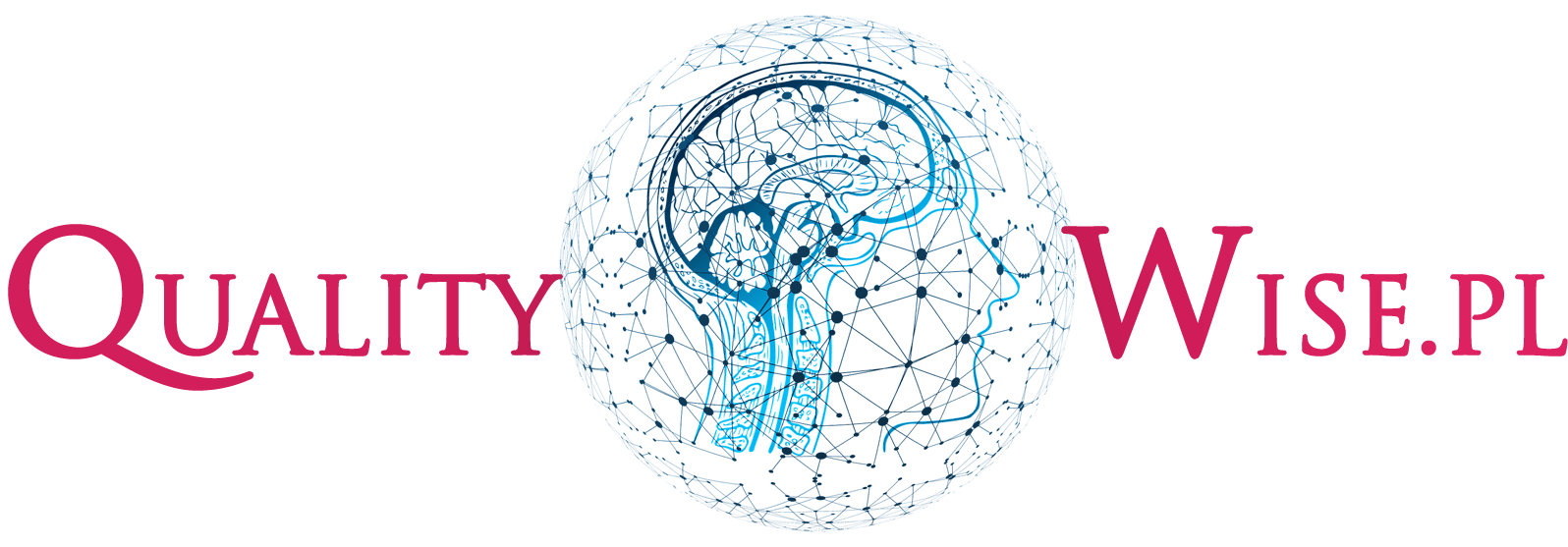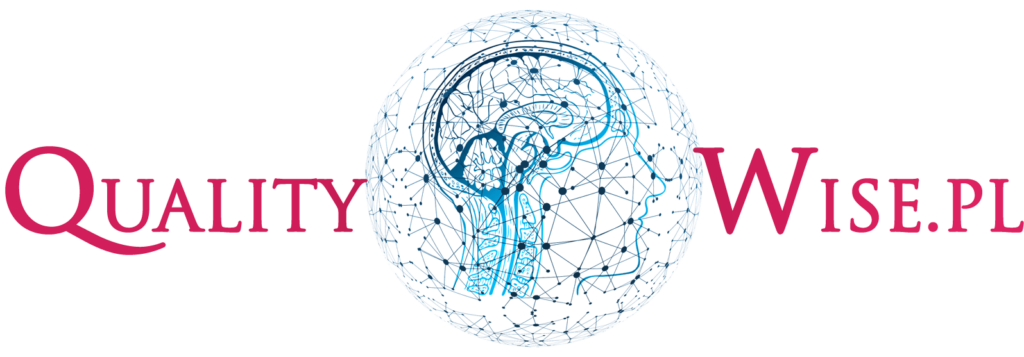
At the very beginning, I would like to mention that this article was inspired by my followers in social media. Last days I published a survey in LinkedIn on the New Year’s priorities for the quality management system. As an outcome it was clearly indicated that quality objectives are the task number 1. In response to your needs, I would like to present a tool taken from strategic management – a balanced scorecard.

What are the quality goals for?
Organizations certifying their quality management systems against the requirements of ISO 9001 and IATF 16949 are required to use process monitoring (monitoring is discussed here). Therefore, they use metrics that guide continual improvement and the efficient use of resources.
Effective use of metrics is possible due to the assignment of quality objectives to them.
Thanks to them, organizations gain information on whether they are following the chosen direction by implementing their strategy, and thus whether they are taking the right actions.
A little repetition:
• The definition of the goal was: in ISO 9000:2015, Quality management systems. The basics and terminology in section 3.7.1 states:
Objective – a result to be achieved
• Top management should establish quality objectives that are consistent with the context and strategy of the organization (ISO 9001:2015 point 5.1.1 b)).
• The quality objectives should be established for the appropriate: functions, levels, processes needed for the quality management system. (ISO 9001: 2015 point 6.2.1).
• The absolute difference from ISO 9001:2015 is the requirement in IATF 16949:2016 to set quality objectives and related performance targets (internal and external) (at a minimum) once a year (IATF 16949:2016 point 6.2.2.1).
In my opinion, balanced scorecard can serve to fulfill these considerably basic requirements to monitor QMS with use of quality objectives.
Balanced scorecard – what is it?
Balanced Scorecard is a strategic management tool. It was developed by Professor Robert Kaplan and David Norton. It is a result of in-depth research conducted by the world of science and consulting.
The history of it dates to the 1980s. At that time, the science of management developed very dynamically. This led to breakthroughs in many aspects. Let me skip the historical background. I encourage you to read the works of Robert S. Kaplan and David P. Norton i.e.:
“The Balanced Scorecard — Measures that Drive Performance” – the first article on a balanced scorecard from Harvard Business Review
“The Balanced Scorecard: Translating Strategy into Action” Harvard Business School Press.
A purpose of balanced scorecard is to coordinate the most important strategic areas of the company. Thanks to it, it is possible to define a very well-thought-out strategy by defining dependencies in the undertaken activities and goals from different perspectives.
How to use balanced scorecard?
It connects cause and effect relationships, comparing financial measures from past activities with measures stimulating the future organization activities. It integrates the financial perspective, as well as the non-financial perspective, into one evaluation system. This approach makes it possible to link a long-term strategy with current operations and financial results [4]. It can also be used as an organization management tool [5].
The basis for creating a balanced scorecard are the mission and strategy of the organization. They are articulated in it, communicated, and monitored by it. Thus, balanced scorecard allows you to prioritize your goals. Its assumption is to create sets of goals, measures and target values resulting from the strategy, as well as ways of implementing these goals distinguished from four perspectives and their mutual interaction. Four perspectives make it possible to maintain a balance between short-term and long-term goals and measures of an external/ internal nature [6].
Balanced scorecard four perspectives
1. Financial perspective
This perspective is represented by financial measures. Thanks to them, it is possible to evaluate the financial effects of the implemented strategy.
2. Customer perspective
It defines the market segments in which the company intends to compete. Measures are used here that reflect i.e. the level of their satisfaction.
3. The perspective of internal processes
It involves measuring with indicators relating to processes that create value for the customer. Measures like: unit costs, cycle times, efficiency, poor quality costs etc.
4. Learning and growth perspective
Here, the measures that show the foundations for long-term development and improvement are important i.e. employee engagement performance etc.
Each perspective has elements such as general goals, measures, specific goals and initiatives. Balancing goals in these perspectives is to protect against a situation in which the achievement of some goals will take place at the expense of others.

What are the benefits of implementing a balanced scorecard?
Balanced scorecard consists of indicators that balance financial and operational indicators; hence it is called a “balanced” scorecard.
It can be used throughout the company at various levels. This allows for the synchronization of activities of all departments and employees to achieve the strategic goals of the company.
Here are some of its benefits:
- balanced scorecard is based on simple and logically selected measures,
- transparent control of the achievement of the company’s strategic goals,
- can be applied to the entire organization or its units in relation to the entirety of goals and methods of achieving them,
- helps in transparent reporting of results.
I recommend the official website of the Balanced Scorecard Institute for deepening your knowledge in this area.
Let’s get started with balanced scorecard!
I encourage you to download the balanced scorecard template that I have prepared for you. You can use it in your work by editing it as you like.
Hope you found this article interesting.
Thank you for your presence.
Agata Lewkowska Ph.D.
PS. If I can help you with quality management issues, please contact me. You may also join me in my private group on Facebook: ISO 9001 & IATF 16949 QualityWise Group.
For people who want to know more:
Knowledge must have a solid foundation in order to avoid information noise. Therefore, the article was based on the following literature:
[1] ISO 9000:2015 Quality management systems — Fundamentals and vocabulary
[2] ISO 9001:2015 Quality management systems — Requirements
[3] IATF 16949: 2016 Requirements for quality management systems in serial production and the production of spare parts in the automotive industry, 1st edition, 2016
[4] Bukh P.N., Malmi T. (2005), Re-examining the cause-and-effect principle of the balanced scorecard, w: S. Jönsson; J. Mouritsen (eds.), Accounting in Scandinavia – The Northern Lights, Liber, Copenhagen Business School Press, Malmö, Copenhagen.
[5] Cobbold I., Lawrie G. (2002), The development of the Balanced Scorecard as a strategic management tool, 2GC, Boston.
[6] Kaplan R.S., Norton D.P. (2001), The Balanced Scorecard: Translating Strategy into Action, Harvard Business School Press
[7] Kaplan R.S., Norton D.P. (1992), The Balanced Scorecard—Measures that Drive Performance, Harvard Business Review
All content on the qualitywise.pl website is a private interpretation of publicly available information. Any convergence of the described situations with people, organizations, companies is accidental. The content presented on the website qualitywise.pl does not represent the views of any companies or institutions.

